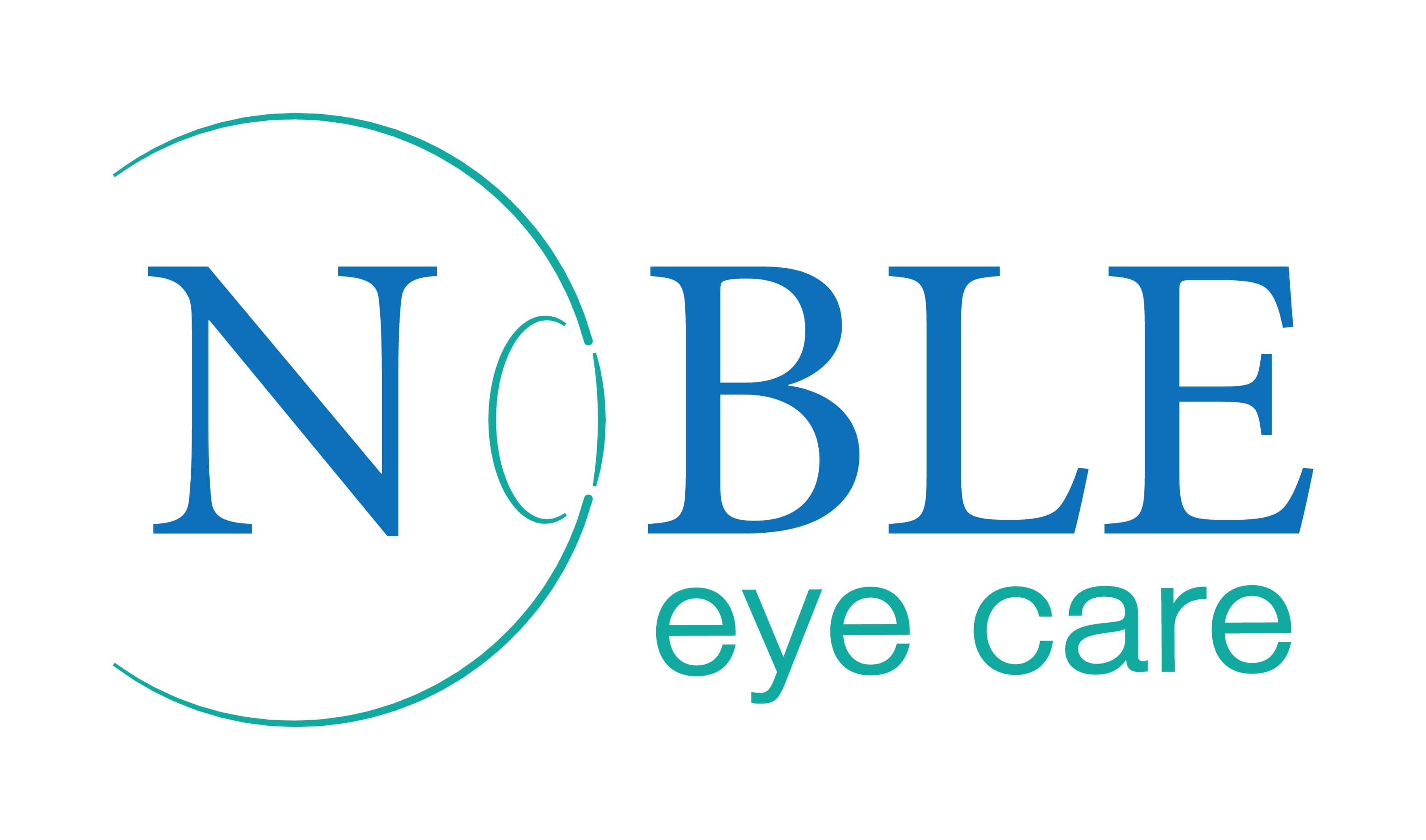What is squint?
Squint refers to misalignment of the two eyes whereby both the eyes are seeing in different directions. It is not only cosmetically bad looking but also reduces binocularity (the ability of the eyes to see together to perceive depth) and can cause amblyopia.
What are the types of squint?
There are many different types of squint. One of the methods is depending upon the type of misalignment i.e. squint can either be esotropia (inward deviation of the eye) or exotropia (outward deviation of the eye).
How to diagnose squint?
Squint can be suspected simply by looking at the eyes. If both eyes are constantly or intermittently looking in different directions, there may be a squint. Children keeping an unusual head posture could also be having squint. For confirmation of squint, the eye doctor will perform a test known as the cover test whereby one eye will be covered to look for movement in the other eye.
What is false squint?
Sometimes there is an appearance of a squint in young children but the eyes are actually looking in the same direction as confirmed by a cover test. This is called as pseudosquint or false squint and needs to be recognized since it does not require any treatment.
What are the risk factors for squint?
Risk factors for squint include: Family member with squint, Refractive error (glasses needed), Amblyopia (Lazy eye), Poor vision in one or both eyes, Retinopathy of prematurity and low birth weight.
What is the connection between need for glasses and squint?
A common cause for esotropia in children is high hypermetropia (need for high powered plus glasses). This form of squint gets corrected by giving the appropriate spectacles. In most of these cases, the correct power of glasses needed can only be achieved after putting an ointment in the eyes for 3 days and refraction on the fourth day. Since squint surgery can be avoided with glasses, proper eye power prescription is very important.
What forms of squint will require surgery?
Squint in which the eye is either constantly deviated inward or outward or upward will require surgery. If using spectacles does not correct the squint, surgery will be needed. Infantile esotropia is a form of esotropia seen from 4-6 months of age and is independent of the power of glasses and needs early surgery to achieve best cosmetic and functional results. Exotropia could also be present from the first year of life and is called infantile exotropia. This too needs early surgery by a squint specialist to achieve binocularity.
My child squints intermittently. Does this require surgery?
One form of squint called intermittent exotropia is often seen in young children and adults. In this, there is occasional outward deviation of one of the eyes interspersed with periods of no squint. This form can be treated with glasses and eye exercises (pencil pushups) initially but may require surgery later in life. If it is becoming more prominent, then surgery may be needed in childhood too.
What are the associations of squint?
Squint may be associated with amblyopia (lazy eye). In this case this should ideally be treated before the squint surgery. Rarely, squint nay be associated with wriggley/dancing eye movements called nystagmus and these may require surgery too.
What is done in squint surgery?
In squint surgery, the surgeon adjusts the position of eye muscles, tightens them or loosens them to alter their strength. It may be done on one or more muscles in one or both eyes. Squint surgery is done after giving either general anaesthesia or local anaesthesia.
Can squint recur after surgery?
Yes, there is a small chance of recurrence of squint after surgery. This may require use of glasses or resurgery. In expert hands, the chances of success of a squint surgery is very high.

A Child with Esotropia
![DigvijayProfile[1]](https://drdigvijaysingh.com/wp-content/uploads/2017/11/DigvijayProfile1.jpg)
